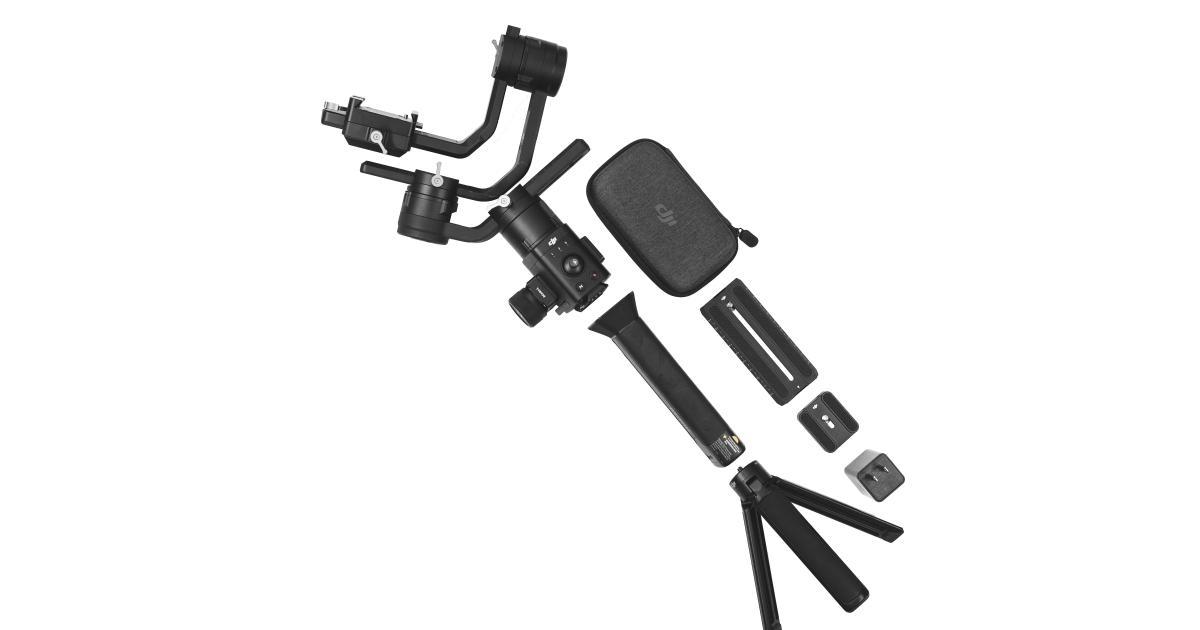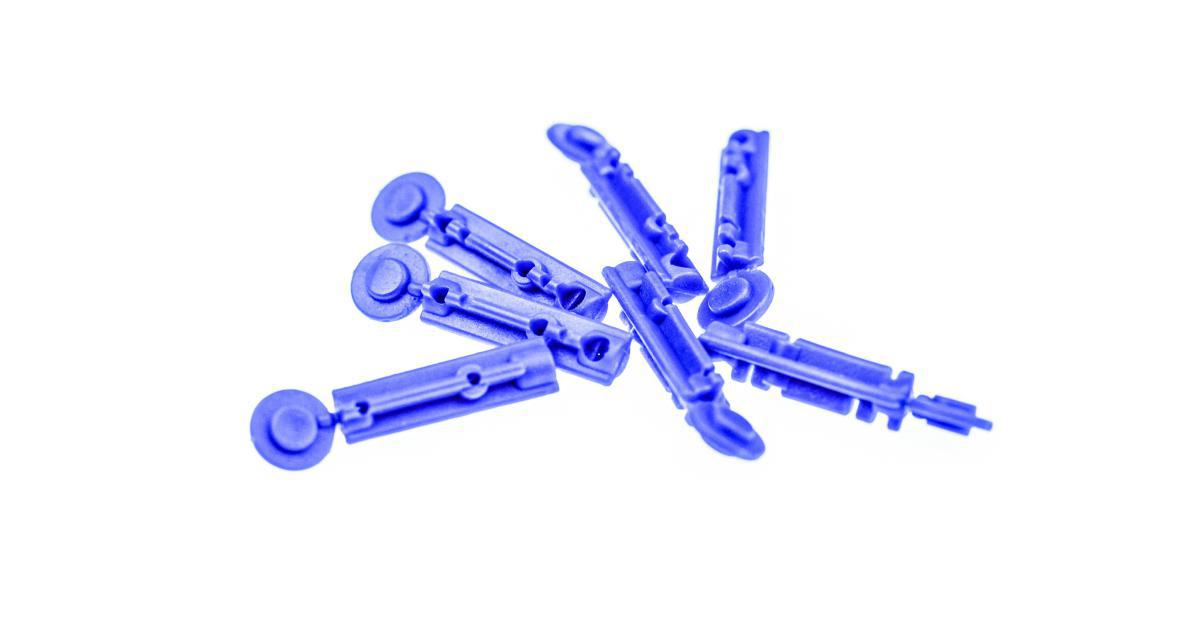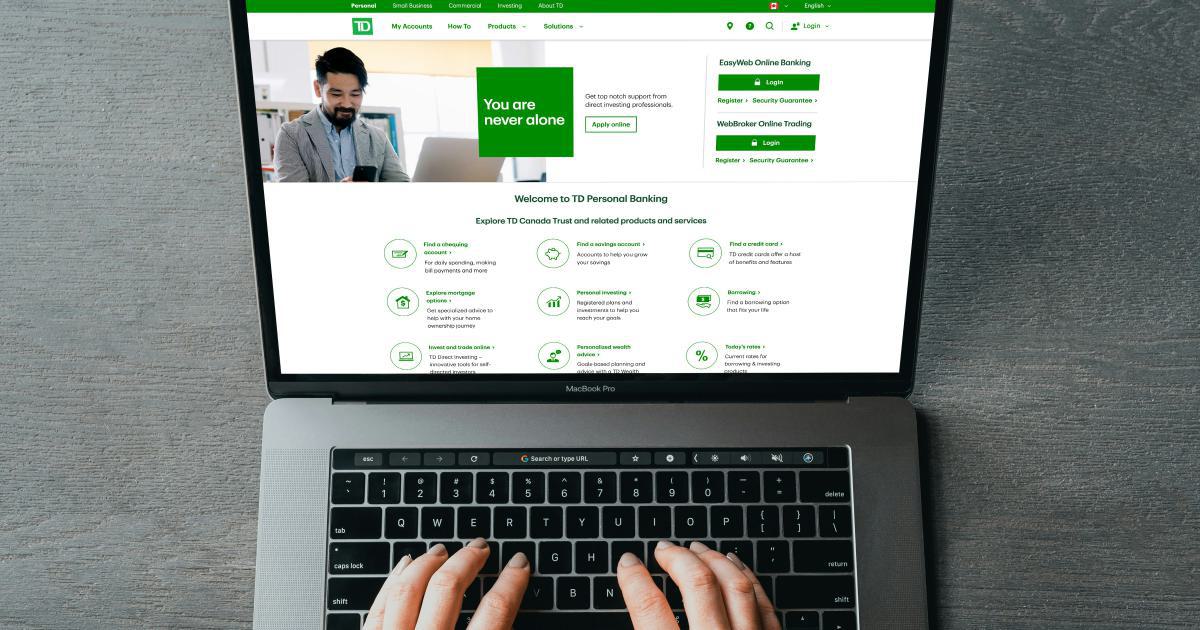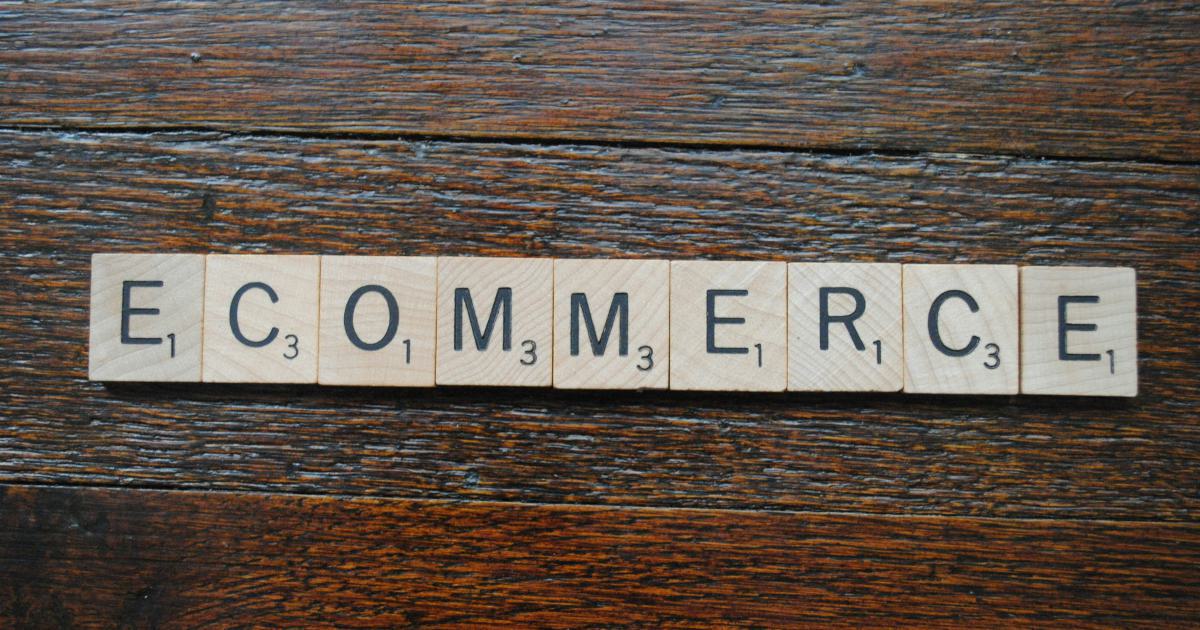Demystifying Crawlability Audits for E-Commerce Websites


Understanding the Importance of Crawlability Audits
In the fast-paced world of e-commerce, having a website that is easily navigable and discoverable by search engines is crucial for driving traffic, generating leads, and ultimately, boosting sales. This is where crawlability audits come into play. A crawlability audit is a comprehensive analysis of how search engine bots, also known as "crawlers," interact with and navigate your e-commerce website.

Crawlability is the foundation of effective search engine optimization (SEO) for e-commerce websites. If search engines cannot efficiently crawl and index your website's content, your products and pages will have a hard time appearing in relevant search results, leading to lost opportunities and decreased visibility.
By conducting regular crawlability audits, e-commerce businesses can identify and address any issues that may be hindering the search engines' ability to navigate and understand their website. This, in turn, can lead to improved search engine rankings, increased organic traffic, and ultimately, greater revenue.
The Impact of Crawlability on E-Commerce Success
Effective crawlability is essential for e-commerce websites to thrive in the digital landscape. Here are some of the key reasons why:
Search Engine Visibility: When search engine bots can easily crawl and index your website, your products and pages are more likely to appear in relevant search results, increasing your visibility and driving more potential customers to your site.
User Experience: A website that is easy for search engines to navigate is also generally more user-friendly, with clear navigation, intuitive information architecture, and accessible content. This can lead to lower bounce rates, higher engagement, and ultimately, more conversions.
Technical SEO Foundation: Crawlability is the foundation of successful technical SEO. If search engines can't effectively crawl and understand your website, they won't be able to properly index and rank your content, making it difficult to implement other SEO strategies effectively.
Ongoing Monitoring and Optimization: Regular crawlability audits allow e-commerce businesses to continuously monitor and optimize their website's performance, ensuring that it remains attractive to search engines and users alike.

By understanding the importance of crawlability and conducting comprehensive audits, e-commerce website owners can unlock the full potential of their online presence and drive sustainable growth for their businesses.
Conducting a Comprehensive Crawlability Audit
Performing a thorough crawlability audit can seem daunting, but it is a crucial step in optimizing your e-commerce website for search engine visibility and success. Here's a step-by-step guide to conducting a comprehensive crawlability audit:
1. Understand the Fundamentals of Crawlability
Before diving into the audit process, it's essential to have a solid understanding of how search engine crawlers operate and what factors influence their ability to effectively navigate your website.
Some of the key elements to consider include:
- Robot.txt File: This file provides instructions to search engine bots, telling them which pages and directories to crawl or avoid.
- Sitemap: A sitemap is a structured list of all the pages on your website, helping search engines understand your site's architecture and content.
- HTML Structure: The way your website's HTML is structured can significantly impact crawlability, with elements like title tags, meta descriptions, and header tags playing a crucial role.
- Internal Linking: The way your website's pages are interconnected through internal links can guide search engine bots and improve their ability to discover and crawl your content.
- Redirects and Broken Links: Unresolved redirects and broken links can create obstacles for search engine crawlers, hindering their ability to fully index your website.

2. Assess Your Website's Current Crawlability
The next step in the crawlability audit process is to evaluate the current state of your e-commerce website's crawlability. This can be done using a variety of tools, both free and paid, that can provide valuable insights into how search engine bots are interacting with your site.
Some popular tools for crawlability audits include:
- Google Search Console: This free tool from Google provides detailed information about how the search engine's crawlers are accessing and indexing your website.
- Screaming Frog: A powerful SEO crawling tool that can analyze your site's structure, identify broken links, and flag potential crawlability issues.
- Ahrefs: A comprehensive SEO platform that offers a Site Audit feature, which can uncover a wide range of crawlability and technical SEO problems.
- DeepCrawl: A robust enterprise-level crawling and website analysis tool that provides in-depth insights into your site's crawlability and indexability.
By using these tools, you can gather valuable data on your website's current crawlability, including:
- Number of pages indexed by search engines
- Crawl errors and issues
- Robots.txt and sitemap configuration
- Internal linking structure
- Redirect chains and broken links

3. Identify and Prioritize Crawlability Issues
After gathering the necessary data from your crawlability audit, the next step is to analyze the findings and identify any issues that may be hindering search engine bots from effectively navigating your e-commerce website.
Some common crawlability problems to look out for include:
- Blocked or Restricted Pages: Pages that are blocked from crawling due to incorrect robots.txt or meta robots settings.
- Orphan Pages: Pages that are not linked to from any other pages on your website, making them difficult for search engines to discover.
- Redirect Chains: Multiple redirects between pages, which can slow down and confuse crawlers.
- Broken Links: Both internal and external links that lead to 404 error pages or other non-existent pages.
- Duplicate Content: Identical or similar content across multiple pages, which can dilute the authority and ranking potential of your website.
- Slow Page Load Times: Excessively slow-loading pages, which can discourage search engines from crawling and indexing your content.
Once you've identified the key crawlability issues, it's important to prioritize them based on their potential impact on your website's overall performance and visibility. This will help you focus your optimization efforts on the most critical problems first.

4. Develop and Implement Crawlability Optimization Strategies
With a clear understanding of your website's crawlability issues, you can now start developing and implementing strategies to address them. This may involve a combination of technical, content, and structural changes to your e-commerce website.
Some common crawlability optimization tactics include:
- Updating the robots.txt File: Review and update your robots.txt file to ensure that it's allowing search engines to crawl the appropriate pages and directories on your website.
- Creating and Submitting a Sitemap: Generating a comprehensive XML sitemap and submitting it to search engines can help improve the discoverability and indexation of your website's content.
- Improving Internal Linking: Restructure your website's navigation and internal linking to make it easier for search engine bots to discover and crawl all relevant pages.
- Resolving Redirect Issues: Identify and fix any redirect chains or broken links that may be slowing down or confusing search engine crawlers.
- Optimizing Page Speed: Implement strategies to improve the loading speed of your website's pages, as this can significantly impact crawlability and user experience.
- Addressing Duplicate Content: Implement canonical tags, consolidate similar content, and ensure that each page on your website has unique, valuable content.

5. Monitor and Continuously Improve Crawlability
Maintaining optimal crawlability is an ongoing process, as search engine algorithms and requirements are constantly evolving. To ensure that your e-commerce website remains easily navigable for search engine bots, it's crucial to implement a system for continuous monitoring and improvement.
This may involve:
- Regular Crawlability Audits: Conducting periodic crawlability audits (e.g., quarterly or bi-annually) to identify any new issues or changes in your website's performance.
- Tracking Crawl Metrics: Regularly monitoring key crawlability metrics, such as the number of pages indexed, crawl errors, and crawl budget, to identify trends and areas for improvement.
- Implementing Ongoing Optimization: Continuously optimizing your website's technical and content-related elements to address any emerging crawlability challenges.
- Staying Informed on Industry Changes: Keeping up with the latest SEO and search engine guidelines to ensure that your crawlability optimization strategies remain effective and compliant.

By adopting a proactive and continuous approach to crawlability optimization, e-commerce businesses can ensure that their websites remain highly visible and discoverable in search engine results, driving more qualified traffic and ultimately, increasing sales and revenue.
Advanced Crawlability Considerations for E-Commerce Websites
While the core principles of crawlability audits and optimization apply to all websites, e-commerce businesses often face unique challenges and considerations when it comes to ensuring their online stores are easily navigable for search engine bots.
Dynamic and Large-Scale Websites
E-commerce websites can often be characterized by their dynamic nature, with constantly changing product catalogs, promotional content, and user-generated data. This can pose a significant challenge for search engine crawlers, as they need to be able to efficiently navigate and index these rapidly evolving websites.

To address this, e-commerce businesses should focus on:
- Efficient Crawl Budget Management: Ensuring that search engines can efficiently access and index the most important pages on the website, without wasting their crawl budget on less valuable content.
- Scalable Sitemap and Crawlability Strategies: Implementing crawlability strategies that can seamlessly scale as the website grows and evolves, such as dynamic sitemaps and continuous crawlability monitoring.
- Flexible Content Optimization: Optimizing the website's content and structure to make it easy for search engines to understand and index, even as the website's content changes regularly.
Diverse Product and Category Pages
E-commerce websites often have a vast number of product and category pages, each with their own unique content and optimization requirements. Ensuring that search engine bots can effectively navigate and index this diverse range of pages is crucial for maintaining high visibility and discoverability.

To address this challenge, e-commerce businesses should focus on:
- Consistent Taxonomy and Hierarchy: Establishing a clear and logical taxonomy for their product and category pages, making it easier for search engines to understand the website's structure and content.
- Unique and Engaging Content: Ensuring that each product and category page has unique, high-quality content that provides value to both users and search engines.
- Efficient Pagination and Faceted Navigation: Optimizing the pagination and faceted navigation systems on the website to make it easy for search engines to discover and index all relevant pages.
Specialized Content Types
In addition to standard product and category pages, many e-commerce websites also feature specialized content types, such as buyer's guides, blog posts, and video content. Ensuring that these diverse content types are all properly optimized for crawlability is essential for maintaining a strong online presence.

To address this challenge, e-commerce businesses should focus on:
- Structured Data Markup: Implementing schema.org markup and other structured data formats to help search engines better understand and index the specialized content on the website.
- Multimedia Optimization: Ensuring that any video, audio, or image content on the website is properly optimized for search engine crawlers, with appropriate tags, metadata, and alt text.
- Content Linking and Interlinking: Strategically linking and interlinking the specialized content to the core product and category pages, helping search engines discover and understand the full breadth of the website's offerings.
By addressing these advanced crawlability considerations, e-commerce businesses can ensure that their websites remain highly visible and discoverable in search engine results, even as their online stores continue to grow and evolve.
Measuring the Impact of Crawlability Optimization
Ultimately, the success of your crawlability optimization efforts can be measured by the tangible impact they have on your e-commerce website's performance and overall business outcomes. By tracking the right metrics, you can gauge the effectiveness of your crawlability optimization strategies and make data-driven decisions to further improve your online presence.
Key Metrics for Measuring Crawlability Impact
Some of the most important metrics to track when evaluating the impact of your crawlability optimization efforts include:
Pages Indexed: The number of pages from your website that are successfully indexed by search engines, as this directly correlates with your visibility in search results.
Crawl Errors: The number of URLs on your website that search engines are unable to crawl or index, which can indicate underlying crawlability issues.
Crawl Budget: The amount of time and resources search engines allocate to crawling your website, which can be impacted by your crawlability optimization efforts.
Organic Traffic: The amount of traffic coming to your website from organic (unpaid) search engine results, as improved crawlability can lead to higher rankings and more visibility.
Conversion Rates: The percentage of visitors who take a desired action, such as making a purchase or filling out a form, as better crawlability can drive more qualified traffic to your e-commerce website.
Revenue: The overall revenue generated by your e-commerce business, as improved crawlability and visibility can directly translate to increased sales and profitability.

By tracking these key metrics, you can assess the tangible benefits of your crawlability optimization efforts and make data-driven decisions to further refine and improve your strategies.
Benchmarking and Continuous Improvement
To truly understand the impact of your crawlability optimization, it's important to establish baseline metrics and track your progress over time. This allows you to measure the effectiveness of your efforts and identify areas for continued improvement.
Some best practices for benchmarking and continuous improvement include:
- Establishing Baseline Metrics: Collect and analyze your current crawlability and performance metrics to set a baseline for comparison.
- Implementing Tracking and Reporting: Set up regular tracking and reporting processes to monitor the evolution of your key metrics over time.
- Conducting A/B Testing: Experiment with different crawlability optimization strategies and compare their impact to identify the most effective approaches.
- Collaborating with Stakeholders: Work closely with your marketing, content, and technical teams to ensure that your crawlability optimization efforts are aligned with your overall business goals.
- Staying Agile and Adaptable: Continuously monitor industry changes and search engine updates, and be prepared to adapt your crawlability optimization strategies as needed.
By embracing a data-driven, collaborative, and continuous improvement mindset, e-commerce businesses can maximize the impact of their crawlability optimization efforts and drive sustainable growth for their online stores.